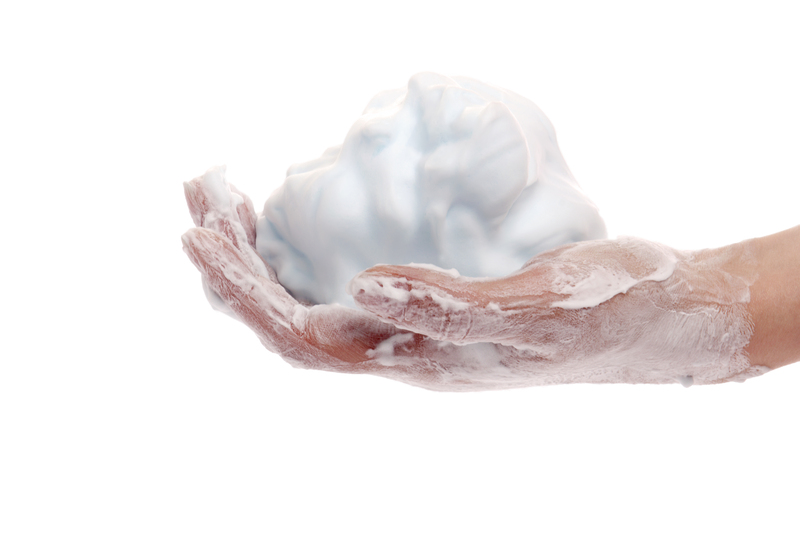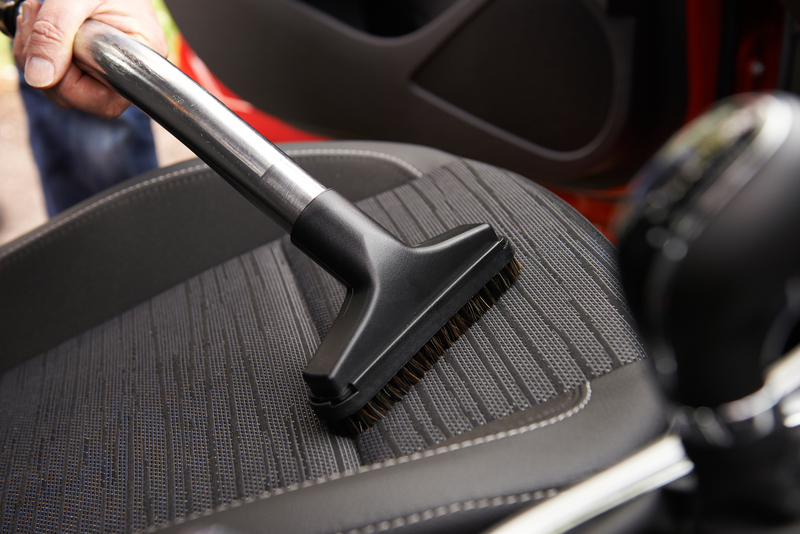DIY Upholstery Cleaning Hacks and Solutions for Common Household Messes
Posted on 24/07/2024
Upholstered furniture not only adds style and comfort to our homes, but it also holds precious memories of family gatherings and relaxation. However, with daily use, spills and accidents are bound to happen, leaving our upholstery stained and dirty. Professional upholstery cleaning services can be expensive, but there are several easy and affordable DIY solutions that can help restore your furniture's beauty. In this article, we will explore some effective hacks for DIY upholstery cleaning and solutions for common household messes.
Tackling Stains
Stains are the most common issue when it comes to upholstery cleaning. Whether it's a spilled drink or a muddy paw print, acting quickly is crucial to prevent the stain from setting in. Start by blotting the area with a clean cloth or paper towel to absorb as much liquid as possible. Avoid rubbing the stain, as it can spread it further and damage the fabric fibers. For water-based stains like coffee or tea, mix equal parts of water and white vinegar in a spray bottle and spritz it on the stain. Let it sit for 5-10 minutes, then blot it with a clean cloth.
For oil-based stains such as grease or butter, sprinkle some baking soda on the area and let it sit for 15 minutes before vacuuming it off. You can also create a paste using baking soda and water for tougher stains, leave it on for an hour before wiping it away with a damp cloth. To remove ink or marker stains, use rubbing alcohol on a cotton ball and dab at the stain until it lifts off.

Deodorizing Solutions
Apart from stains, odor is another common problem with upholstered furniture. To get rid of unpleasant smells, sprinkle some baking soda over the entire piece of furniture and let it sit for at least 30 minutes before vacuuming it up. Baking soda is a natural deodorizer and will absorb any lingering odors. You can also add a few drops of essential oils like lavender or lemon to the baking soda for a fresh scent.
Another effective deodorizing solution is using white vinegar. Mix equal parts of water and white vinegar in a spray bottle, and lightly mist it over the upholstery. The vinegar smell dissipates as it dries, taking any unpleasant odors with it.
Deep Cleaning
Regular vacuuming and spot cleaning are essential for maintaining clean upholstery, but a thorough deep clean is necessary every once in a while. One way to deep clean your upholstered furniture is by using a steam cleaner. It works by using hot water vapor to penetrate deep into the fabric, loosening dirt and grime and extracting it through suction.
Alternatively, you can create your own deep cleaning solution using hot water, dish soap, and hydrogen peroxide. Mix 1 cup of hot water with 1/2 cup of dish soap and 1/2 cup of hydrogen peroxide. Dip a clean sponge into the solution, wring out excess liquid, and gently scrub the upholstery in circular motions. Use a damp cloth to wipe away any soapy residue and let it air dry.
Pros and Cons of DIY Upholstery Cleaning
Pros:
- Affordable: DIY upholstery cleaning solutions use common household items that are easily accessible and budget-friendly.
- Convenience: You don't have to wait for an appointment or deal with scheduling conflicts with professional cleaners.
- Environmentally friendly: DIY solutions often use natural ingredients that are safe for the environment.
Cons:
- Time-consuming: Upholstery cleaning can be time-consuming, especially if you have large pieces of furniture or handle tough stains.
- Risk of damage: Improper cleaning techniques or harsh chemicals can potentially damage delicate fabrics.
- Not as effective: While DIY solutions can effectively remove light stains and odors, they may not be as thorough as professional cleaning methods.

Tips and Takeaways
- Test a small, inconspicuous area first before using any DIY cleaning solutions on your entire piece of upholstery.
- Always blot stains and avoid rubbing to prevent spreading and damaging the fabric.
- Regularly vacuum your upholstered furniture to remove dirt and dust.
- Use protective covers or throws on high-traffic areas to prevent staining and wear.
Conclusion
Upholstery cleaning may seem daunting at first, but with these DIY hacks and solutions for common household messes, you can easily maintain clean and fresh furniture. Remember to act quickly when spills happen, use natural ingredients whenever possible, and deep clean every few months to keep your upholstery looking like new. By following these tips, you can save money on professional services while still effectively caring for your beloved furniture.





